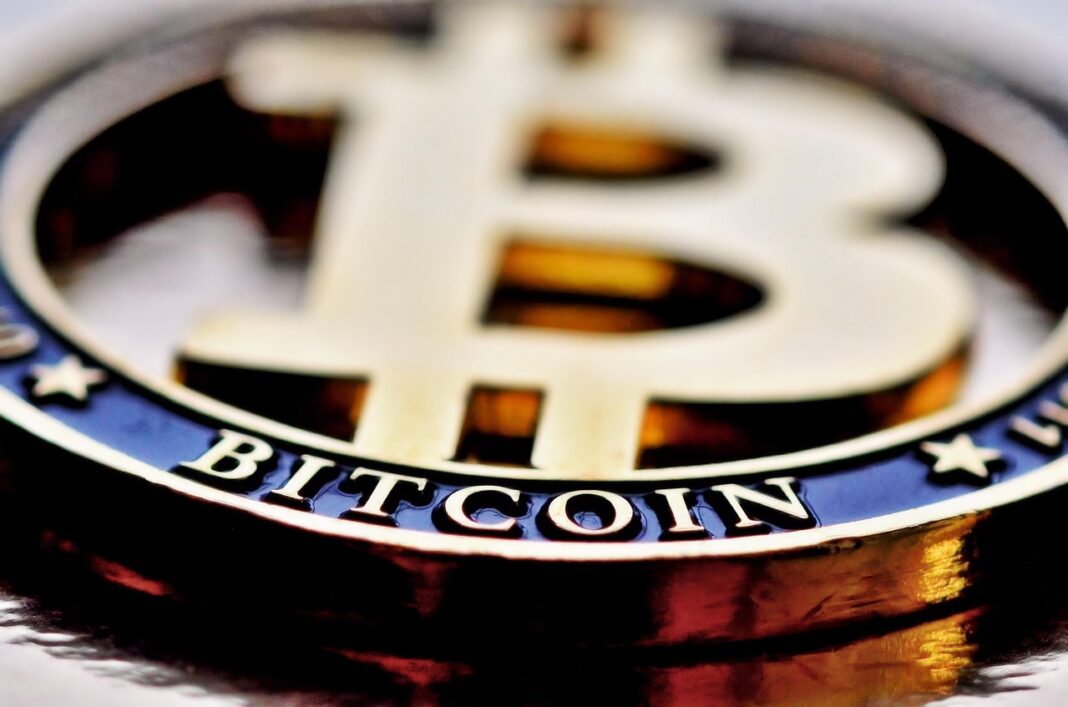A wallet address is your gateway to the world of cryptocurrencies and blockchain technology. Whether you’re a seasoned crypto trader or just starting to explore digital assets, understanding what a wallet address is and how it functions is fundamental. This comprehensive guide will demystify wallet addresses, providing you with the knowledge you need to navigate the crypto landscape with confidence.
What is a Wallet Address?
Understanding the Basics
A wallet address is a unique alphanumeric identifier that serves as a digital location for receiving cryptocurrency. Think of it like your email address or a bank account number, but for digital assets. It’s essential for sending and receiving crypto, and it’s crucial to understand its purpose and how it works.
- Each cryptocurrency has its own address format. For example, a Bitcoin address looks different than an Ethereum address.
- A wallet can hold multiple addresses, often generated for privacy reasons.
- Wallet addresses are public, meaning anyone can see them and the associated transactions on the blockchain.
Distinguishing Wallet Addresses from Private Keys
It’s important not to confuse a wallet address with a private key. A wallet address is like your public-facing account number, while your private key is like your password, granting access and control over the funds associated with that address.
- Wallet Address: Used to receive cryptocurrency. It can be shared publicly.
- Private Key: Used to authorize transactions and spend cryptocurrency. Never share your private key with anyone.
- Losing your private key means losing access to your funds. Store it securely!
How Wallet Addresses Work
Generating a Wallet Address
Wallet addresses are typically generated by cryptocurrency wallets – software or hardware that manages your private keys and enables you to interact with the blockchain.
- When you create a new wallet, a private key is randomly generated.
- The wallet address is then derived from this private key using cryptographic functions.
- Some wallets allow you to generate multiple addresses from the same private key for enhanced privacy.
Sending and Receiving Cryptocurrency
The process of sending and receiving cryptocurrency involves using wallet addresses:
- Example: Imagine Alice wants to send 1 Bitcoin (BTC) to Bob. Bob provides Alice with his Bitcoin wallet address (e.g., 1A1zP1eP5QGefi2DMPTfTL5SLmv7DivfNa). Alice enters this address into her Bitcoin wallet, specifies the amount (1 BTC), and signs the transaction with her private key. The transaction is then broadcast to the Bitcoin network.
Understanding Transaction Fees
Every transaction on a blockchain incurs a fee, paid to the network nodes for processing the transaction and securing the network. The amount of the fee can vary depending on network congestion and the size of the transaction.
- Most wallets allow you to adjust the transaction fee to prioritize confirmation speed.
- Lower fees may result in slower confirmation times.
- Higher fees typically lead to faster confirmations.
Types of Wallet Addresses
Different Cryptocurrency Address Formats
Different cryptocurrencies use different address formats. Recognizing these formats is important to avoid sending cryptocurrency to the wrong address, which can result in permanent loss of funds.
- Bitcoin (BTC): Addresses typically start with “1,” “3,” or “bc1.”
- Ethereum (ETH): Addresses start with “0x” followed by 40 hexadecimal characters.
- Litecoin (LTC): Addresses typically start with “L” or “M.”
- Ripple (XRP): Addresses start with “r.”
Different Wallet Types and Their Impact on Addresses
The type of wallet you use can influence the security and functionality associated with your wallet address.
- Hardware Wallets: Provide the highest level of security by storing your private keys offline. Examples include Ledger and Trezor. Your address is generated by the device and displayed on the screen, minimizing exposure to malware.
- Software Wallets: Can be desktop, mobile, or web-based. They are convenient but generally less secure than hardware wallets. Examples include Exodus, Trust Wallet, and MetaMask. Be sure to use reputable wallets.
- Exchange Wallets: Provided by cryptocurrency exchanges. While convenient for trading, they are generally not recommended for long-term storage, as you do not control the private keys.
Best Practices for Wallet Address Security
Protecting Your Wallet Address and Associated Data
While your wallet address is public, it’s still important to protect your privacy and security.
- Avoid Reusing Addresses: Generate a new address for each transaction to improve privacy and reduce the risk of address clustering, which can reveal your transaction history.
- Monitor Your Addresses: Regularly check your wallet address for any unauthorized transactions using blockchain explorers like Blockchair or Etherscan.
- Use Multi-Factor Authentication (MFA): Enable MFA on your wallet and exchange accounts to add an extra layer of security.
Secure Storage of Private Keys
The security of your wallet address hinges on the security of your private keys.
- Hardware Wallets: The most secure option, as they store your private keys offline and require physical confirmation for transactions.
- Strong Passwords: Use strong, unique passwords for your software wallets and password managers.
- Backup and Recovery: Back up your wallet and private keys in a safe place, such as an encrypted external drive or a paper wallet. Store the backup separately from your computer or phone.
- Seed Phrase Security:* Treat your seed phrase like gold. Never store it online or share it with anyone. Consider splitting it into parts and storing them in different secure locations.
Conclusion
Understanding wallet addresses is crucial for anyone involved in the world of cryptocurrency. By grasping the basics of how they work, the different types available, and the best practices for security, you can confidently navigate the digital asset landscape and protect your investments. Always remember that your private key is the key to your funds, and keeping it secure is paramount. Take the time to educate yourself further, and you’ll be well-equipped to thrive in the exciting world of blockchain technology.




